To paraphrase the great David Bailey, we all have a truly great image in us, but the difference with him is he will have many, many more. It is rare to get as many great images in one life time as Bailey, but we can aim for more than just the one.
Read MoreBlack and White
Behind the image #12
Sometimes the margin between success and perceived failure can be measured in 1/100s or even 1/1000s of a second. I was there like some visual gunslinger ready to draw and be ready for whatever little moment may present itself. And, then quick as a flash, it duly did.
However, I felt so annoyed that I missed this opportunity to make this image sharp and 'technically' perfect that I didn't look at it for months after. I keep it because I thought I may soften my feelings to it and, thankfully, I have. I may even go far to suggest that its imperfection actually adds rather than detracts from the final look and feel. There may also be an analogous lesson about being easier on yourself, accepting imperfections and realising things aren't as bad as first percieved...but I'll leave that to you.
Till next time...
Matt Peers
This tip will change your photography forever*
The adverts on the side of my email and Facebook account are constantly filled with quick and easy solutions to complex problems. For some reason I'm stalked by the ' a simple trick to a flat belly' advert ( I have no idea why...?) and although eat less, do more is simple enough, I've yet to find a way round that simple rule.
Photography is no different. Composition, light and technique are all straight forward subjects, but they can only be improved with consistent learning and practice. There's no app, life hack or short cut tips that will change that.
But if I were to offer just one piece of advice above all, it would be to simply ask yourself:
" what do you want to say?"
I've used this question in academic terms over the years to untangle my thoughts when writing essays ( without it I would write fact upon fact without actually qualifying the point of them),and I think it is just as relevant for image making as it is for the written word.
On a trip to Alderburgh this year, I immediately felt there was an atmosphere - formal, familiar and sensible - but I was struggling to express it. Then reviewing some of my initial images, I knew what it was: the whole place felt like John Lewis. It was neat, orderly and a place where the population seem to occupy their own space rather than mixing and mucking in. If Alderburgh was John Lewis then by definition Blackpool is Primark.
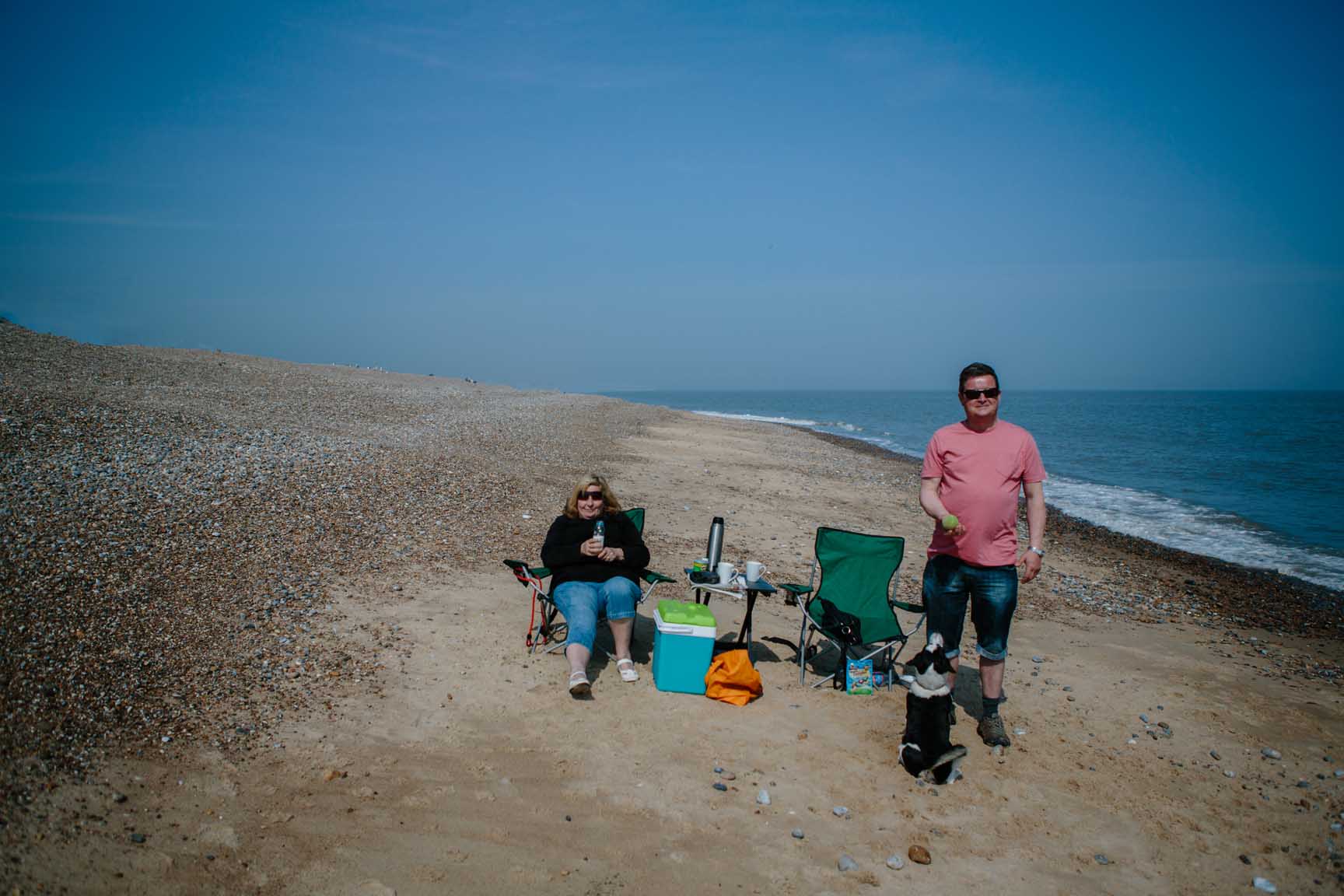
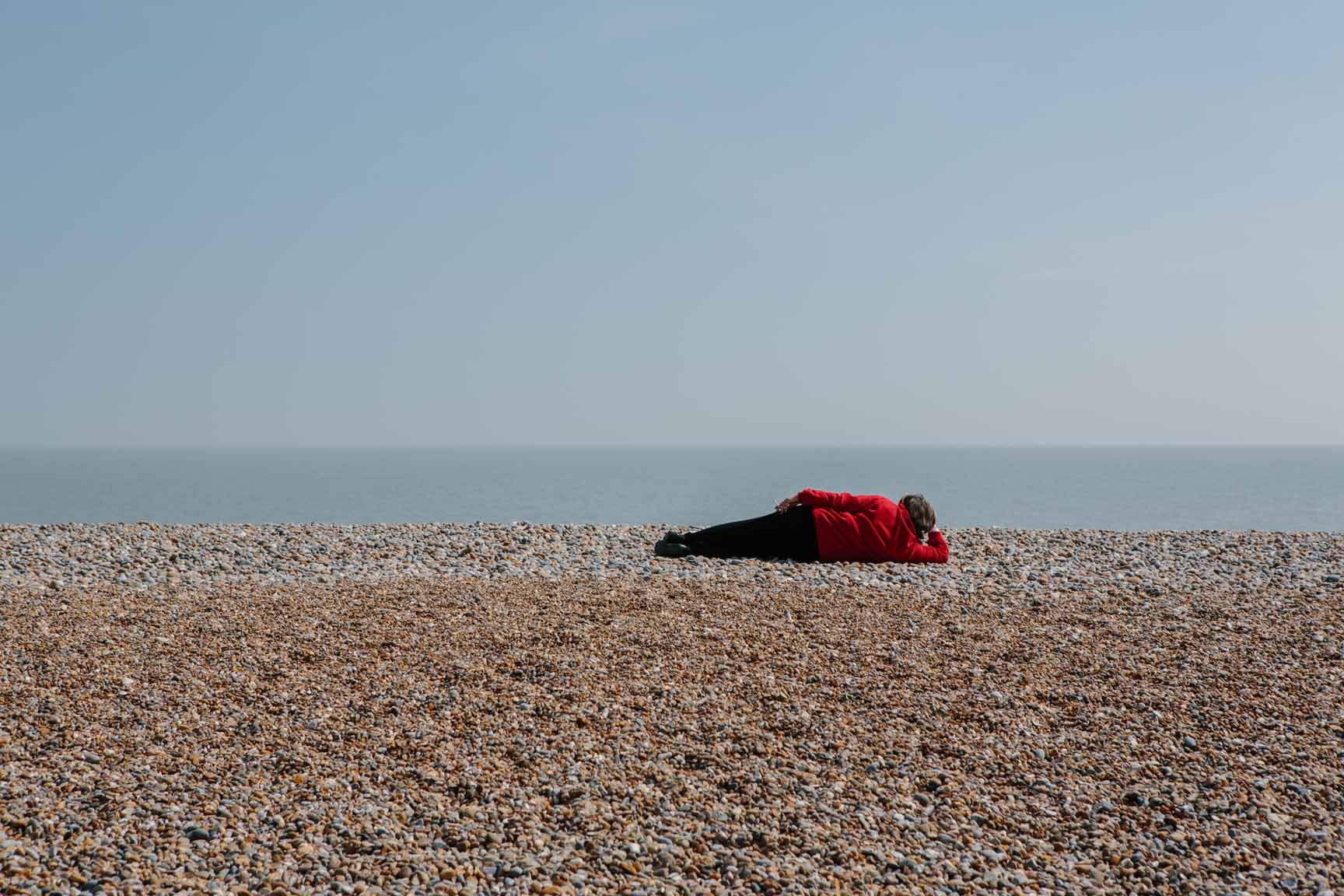
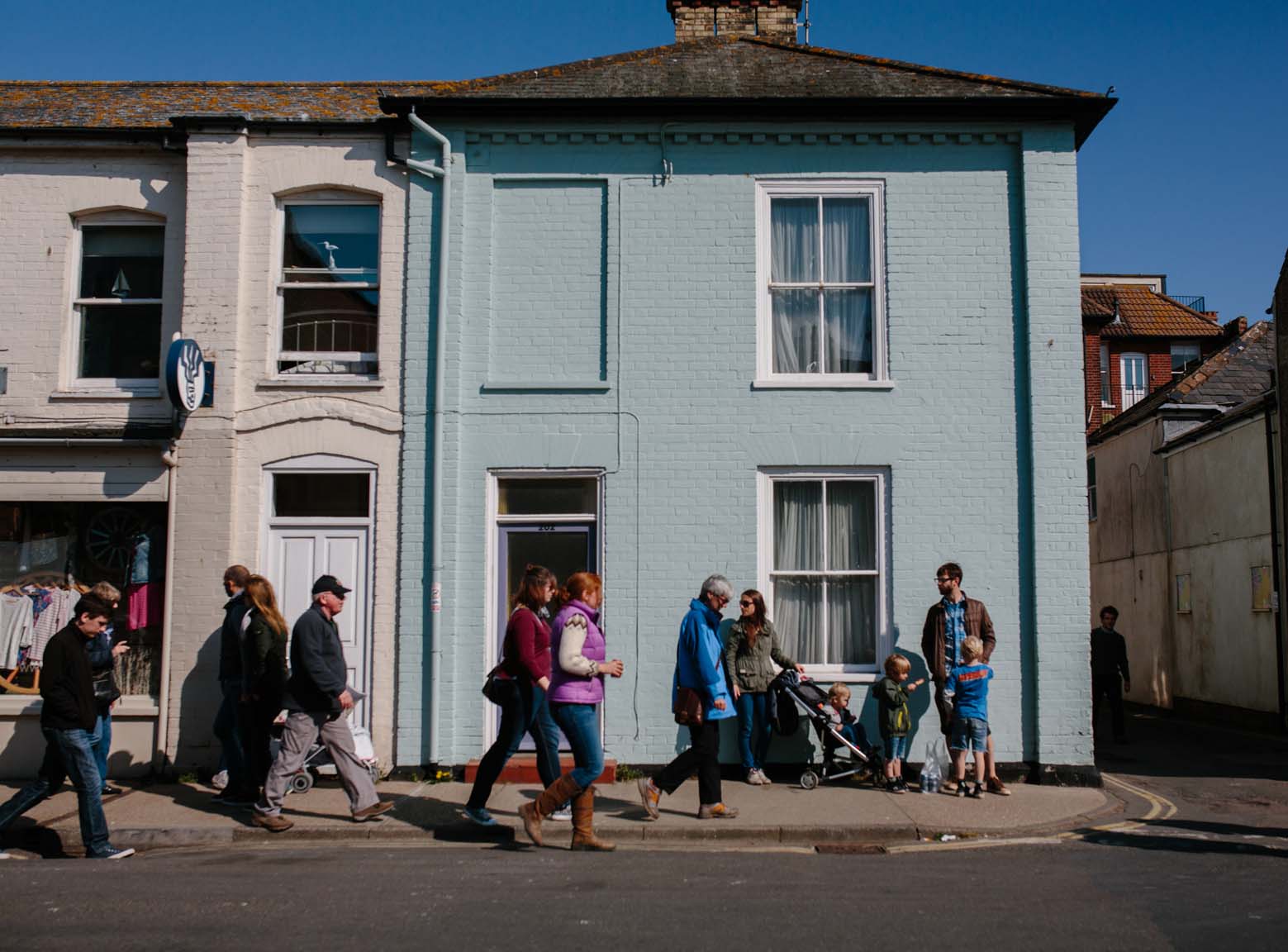
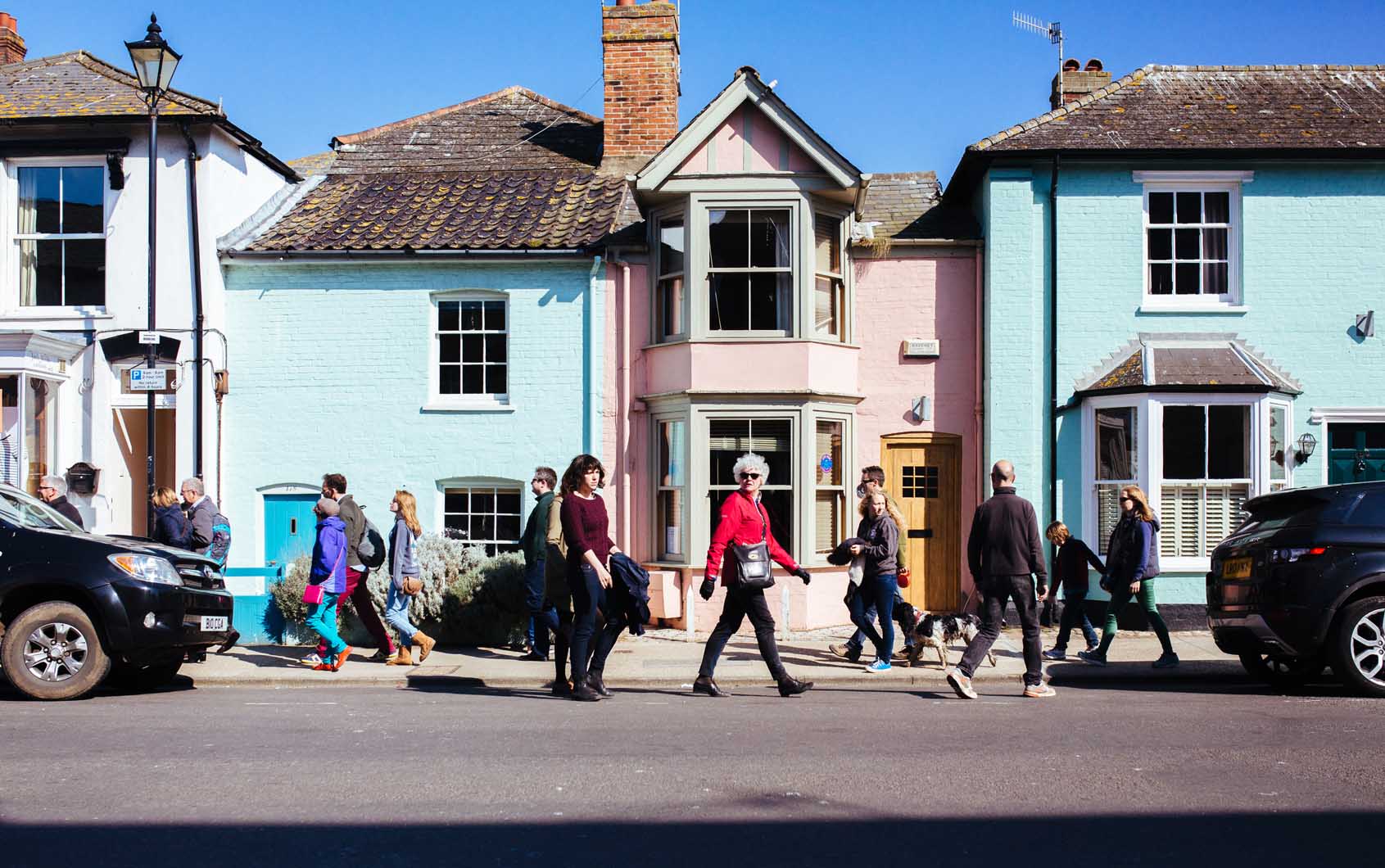
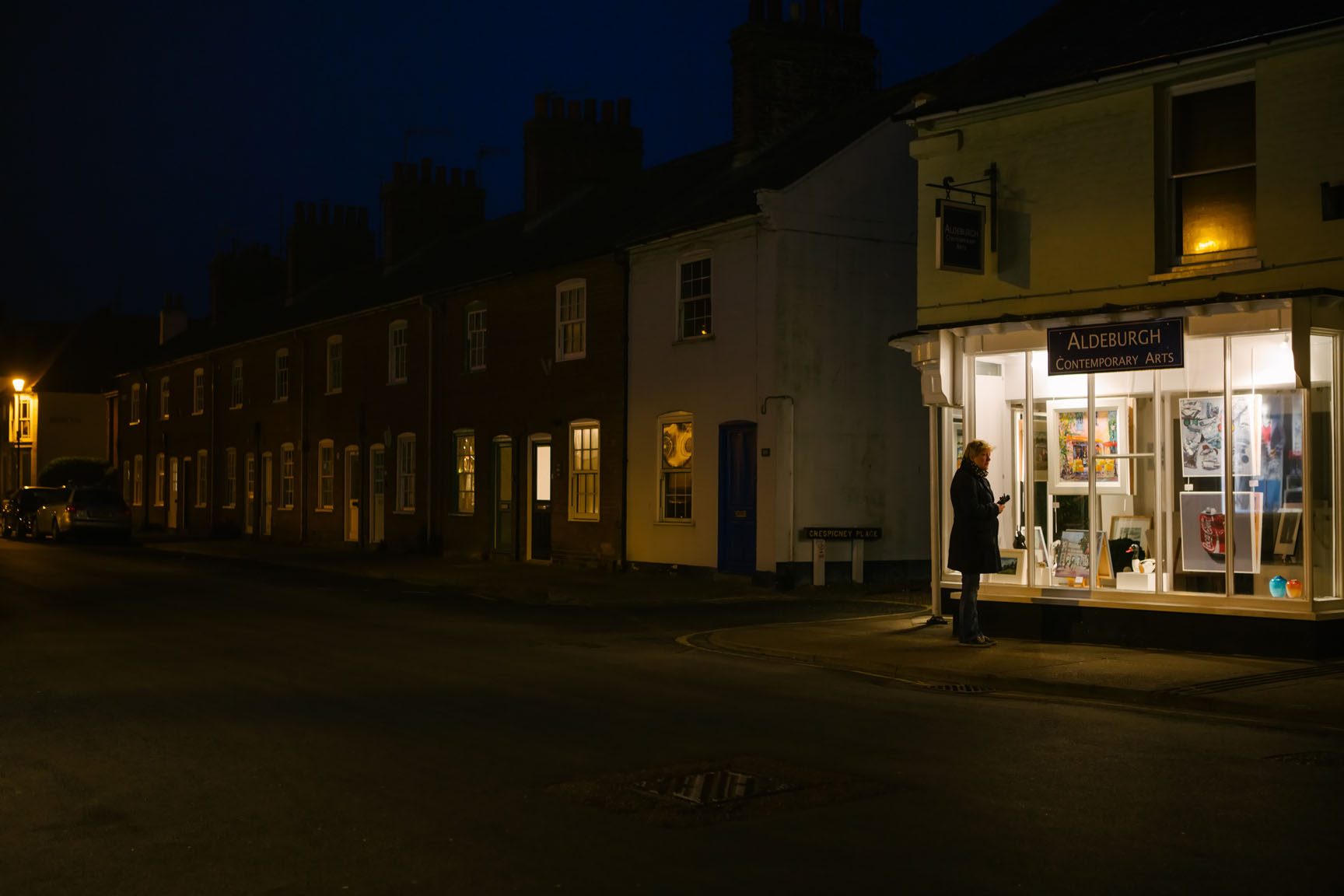
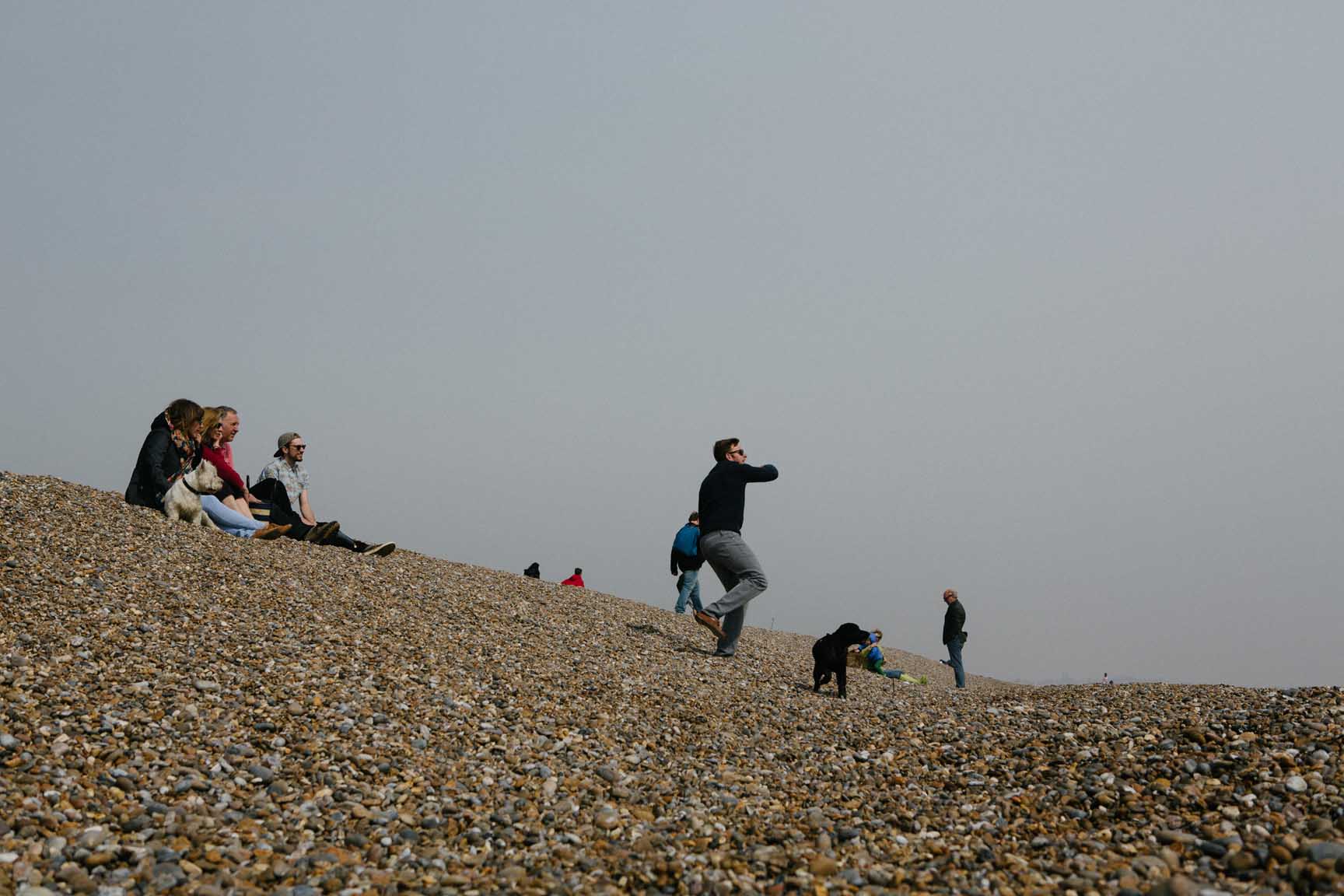
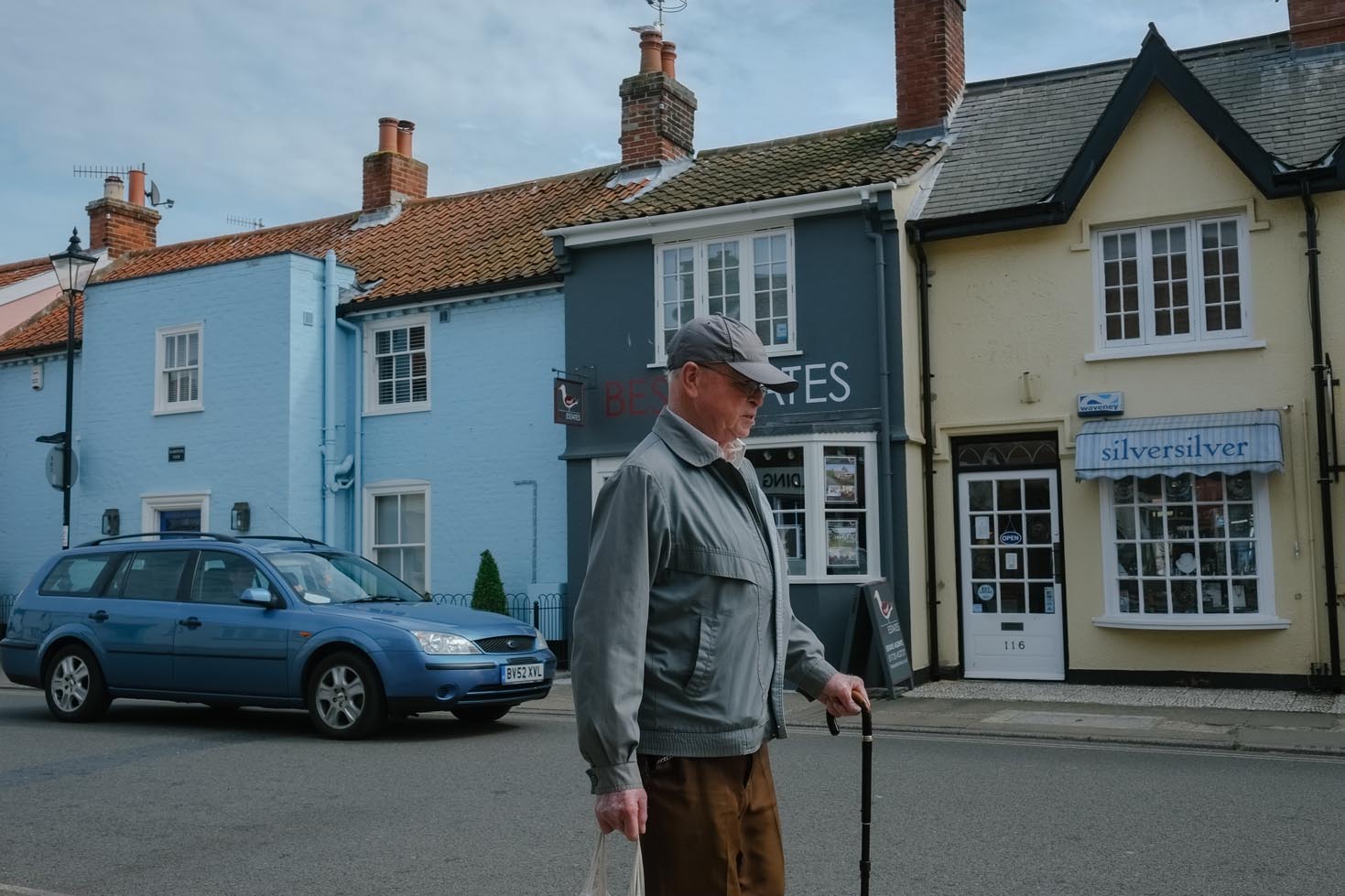
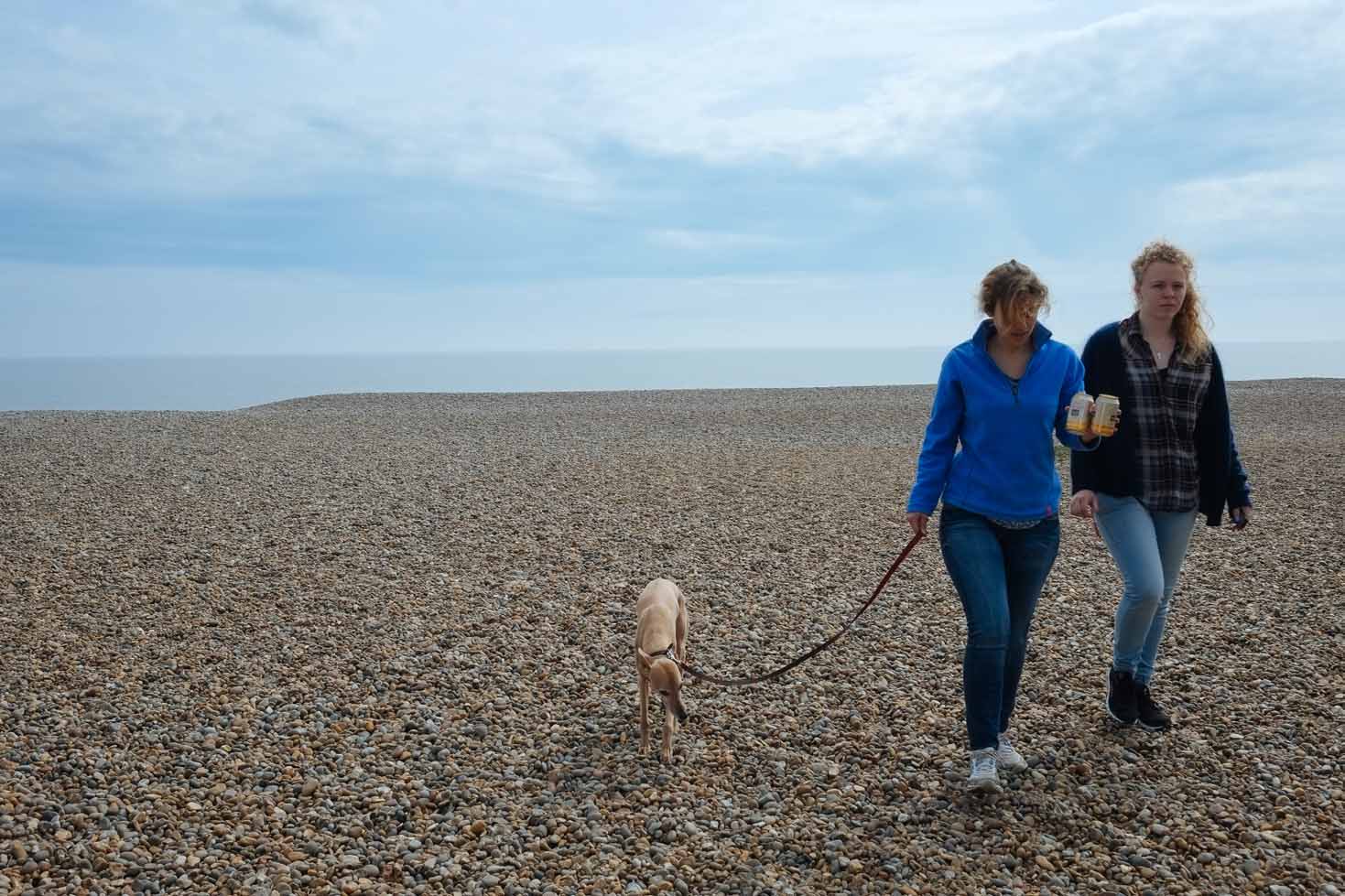
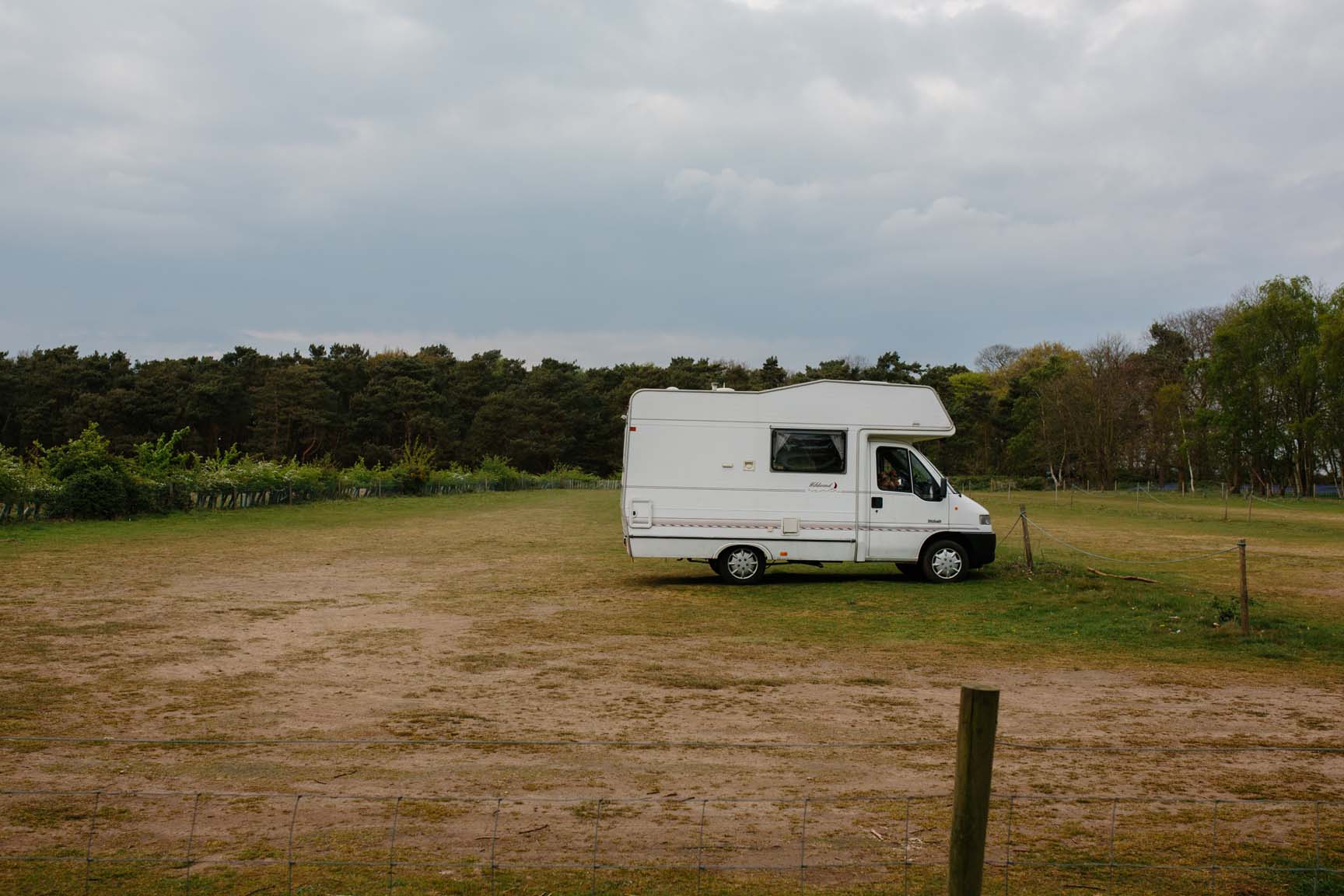

But it's not only for artistic and academic situations this question is suited for; it can just as easily be applied to showing a good time had at a party. Wedding photographers for example are a good example of wanting to tell the viewer about the emotions and key events at one of the most important times in a couples life.
When I saw the proposal on top of the Rockefeller Centre in New York this summer, the answer to the question was clear; can I capture a true reflection of the proposal, it's location and impact? Without some questioning motive I could have easily just waited for a posed snapshot.
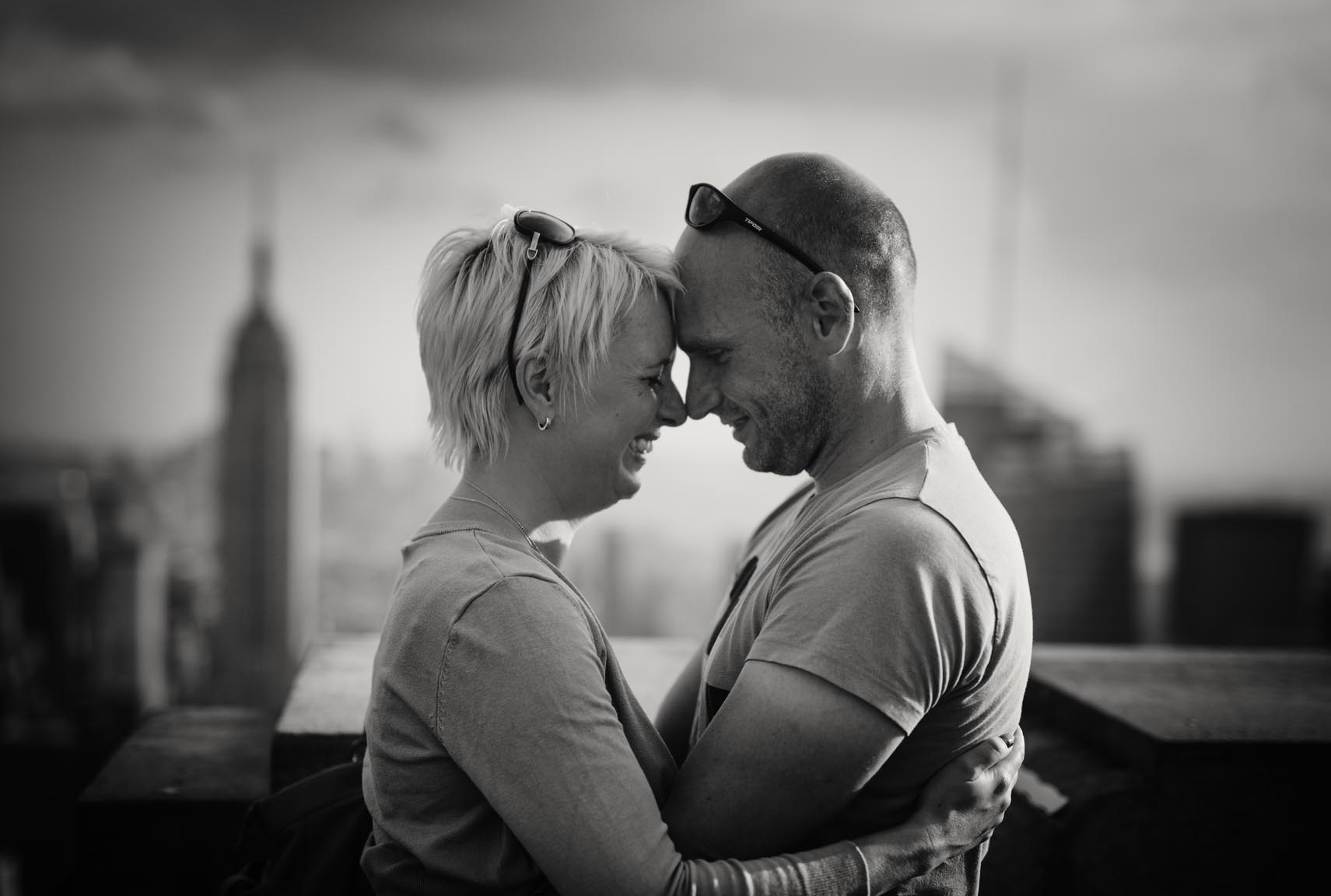
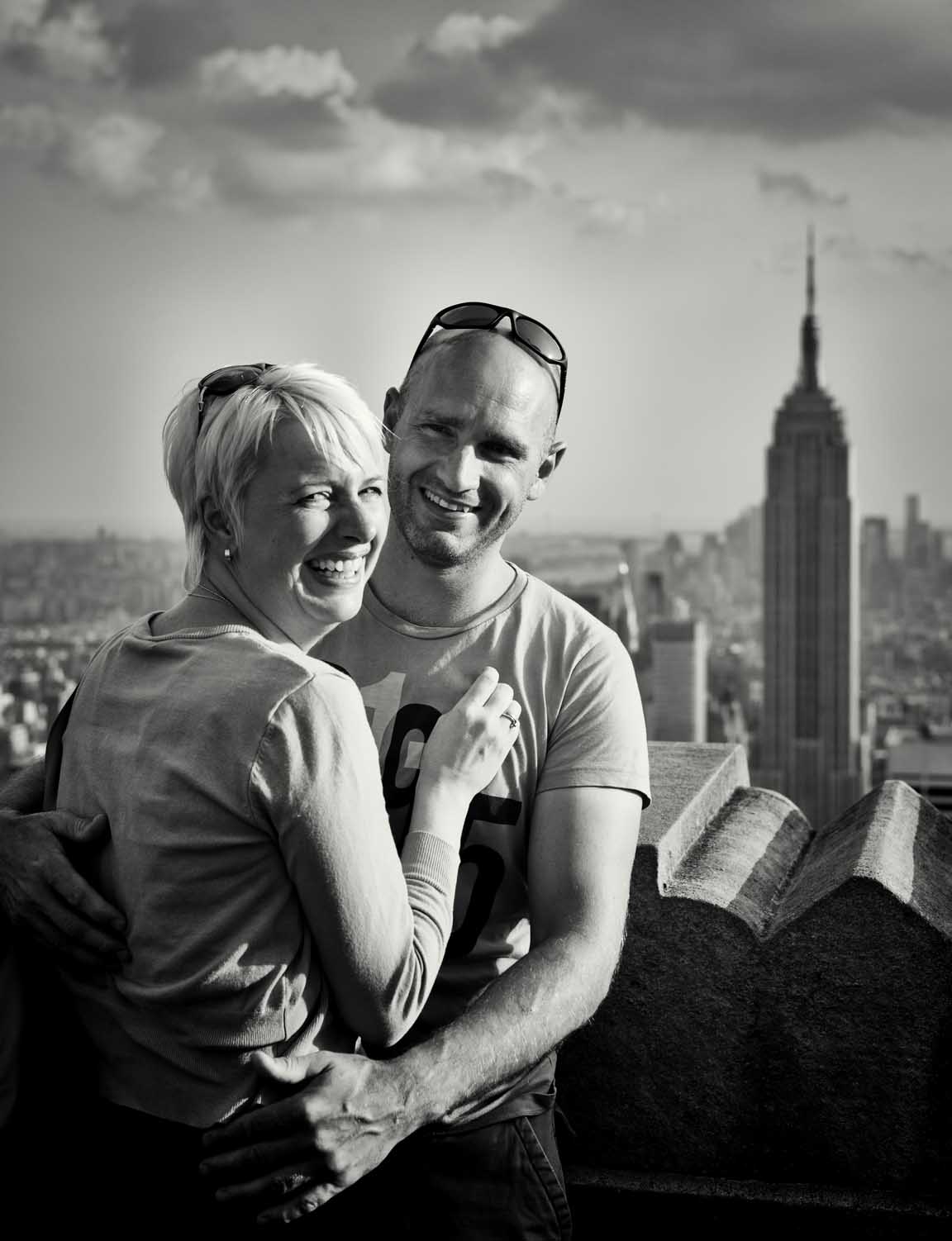
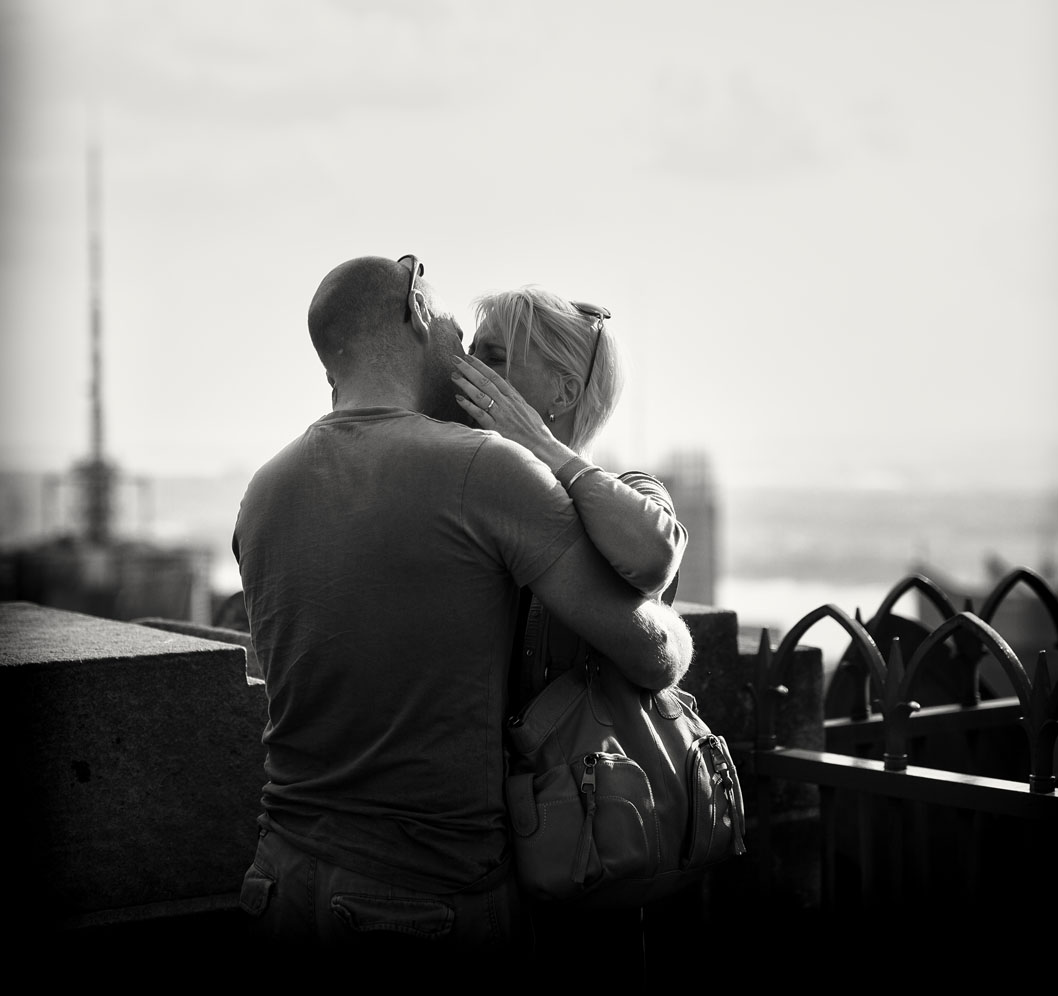
Capturing children and families can present a number of potential scenarios to question; from how to capture and naturally posed group shot to capturing the enjoyment of play. My favourites to look for are the quiet, 'in between' moments, when the camera has taken a seemingly unknown peek in to their inner thoughts.
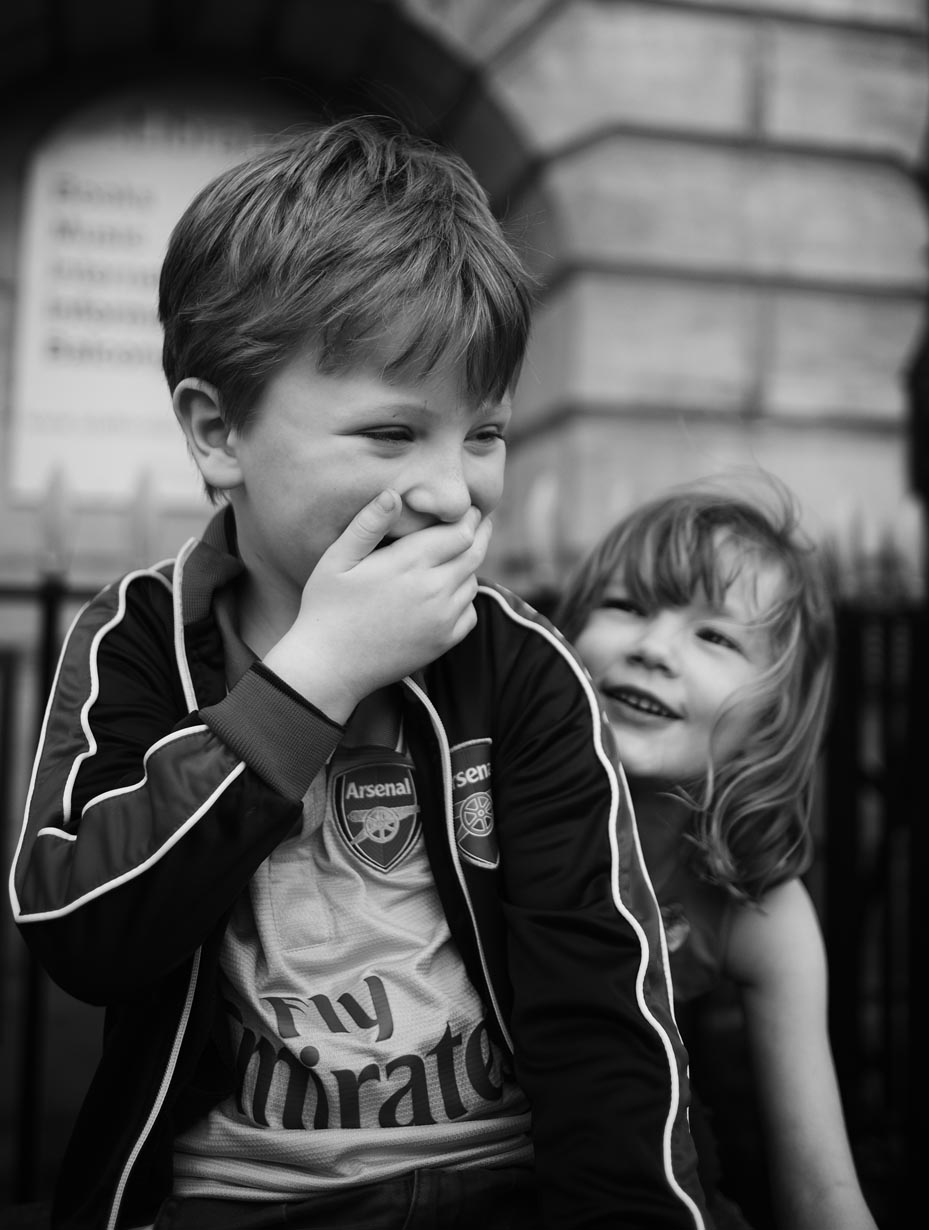

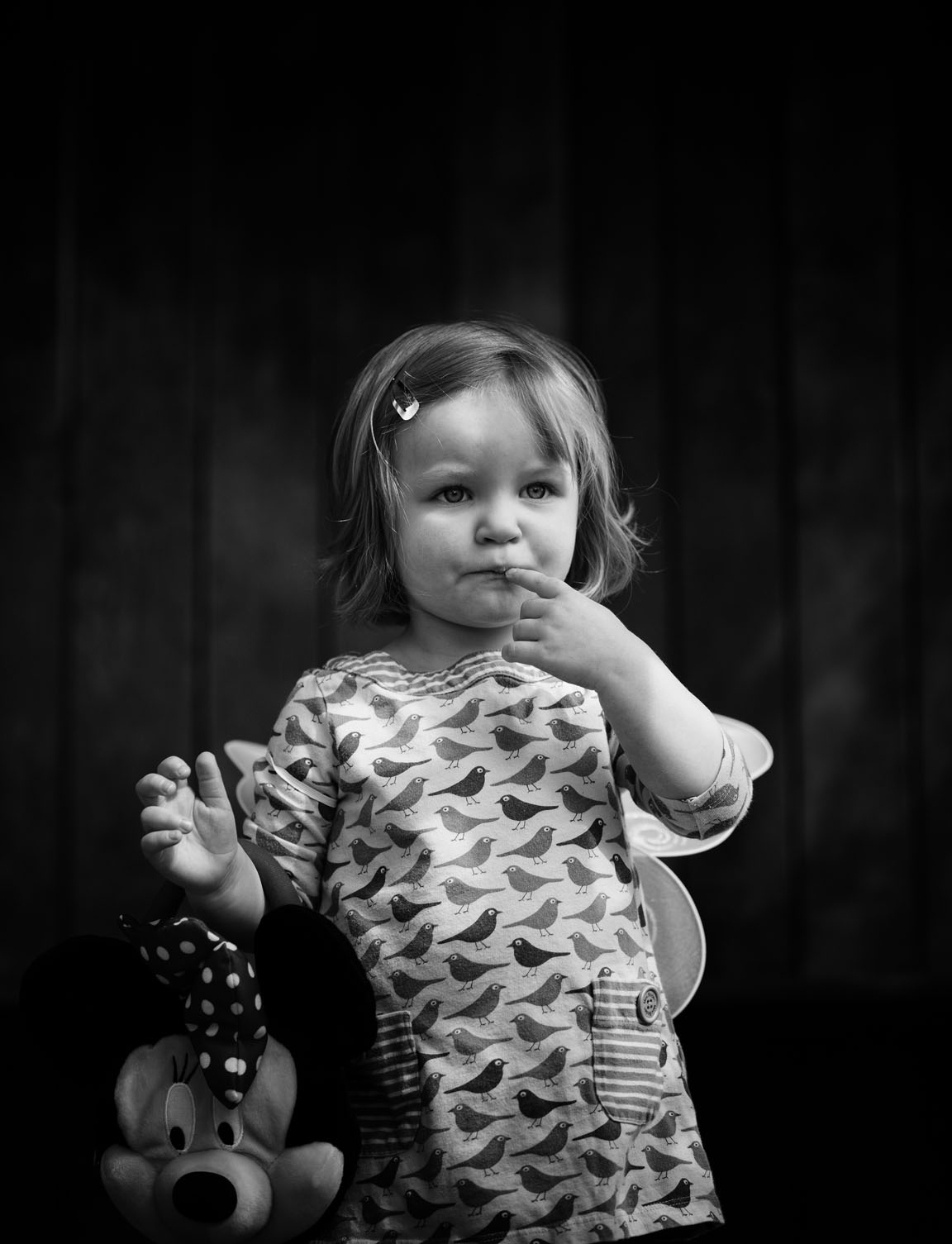
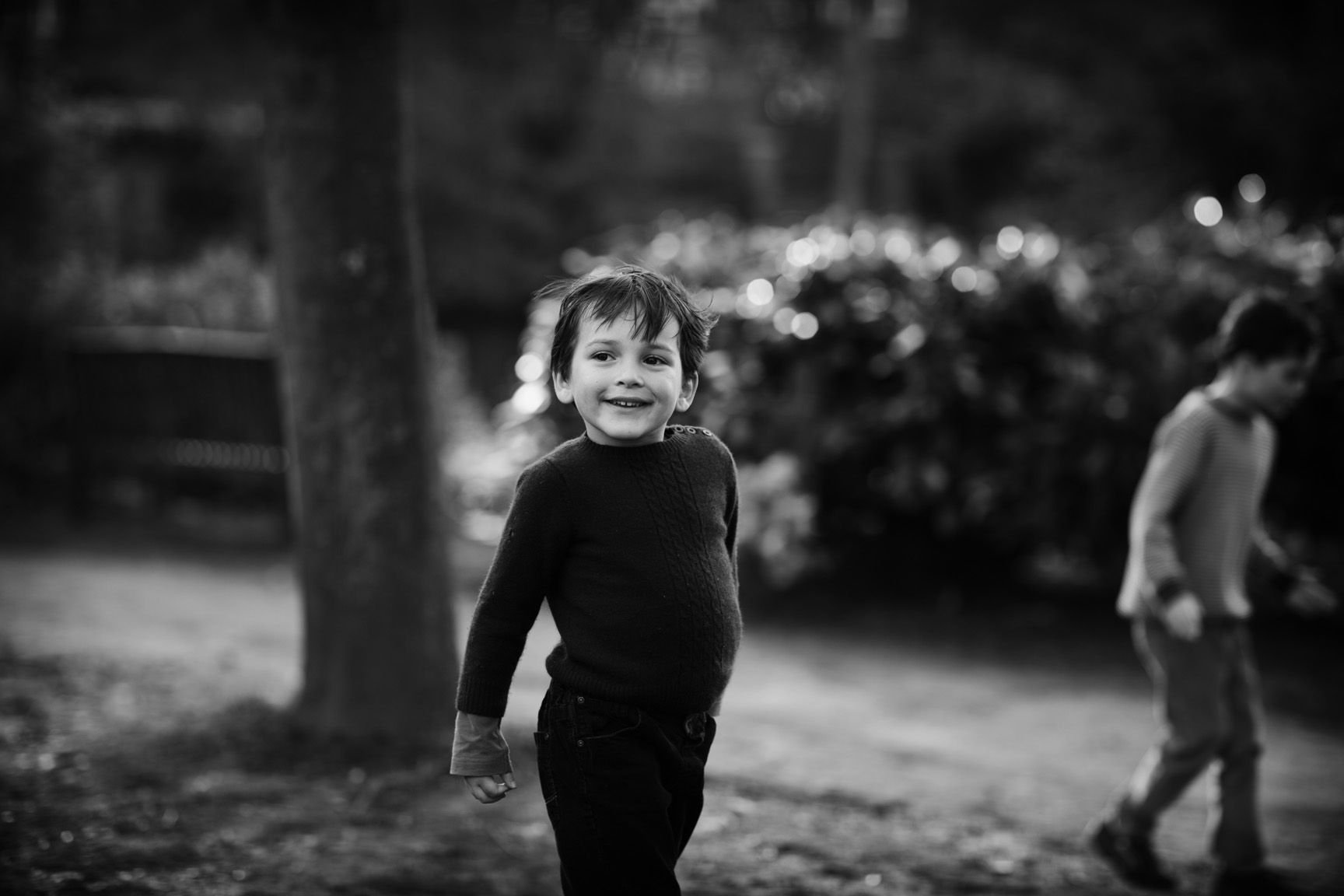
What then, if your images don't match what you have attempted to say? It can be for a number of reasons depending on your image and what you want to say, but by having that idea in the first place, means you have taken the first step in exploring how it could be better next time.
* practice and time still required
Till next time...
Matt Peers
Displaced fruit and other New York oddities
Summer's over and so is the travelling for another year. In the last of the New York blogs ( I promise, I promise) I wanted to share a type of image you may not always consider taking.
I've seen owners detach their rear wheel to deter thieves before, but I've never seen a selection 5 left waiting...?
Like the funnels of a pavement passenger liner, I love the way the third one is leaning in for a bit of support.
Manhattan is all about the skyline until you just look at the midline; then it can be just rows upon rows of vertical lines.
The big highlight for my eldest son this trip was to see the Statue of Liberty. Not for any historical or cultural reasons you understand, no; it's because it was a giant 'weeping angel' in his favourite Doctor Who episode. I'd discussed it and watched it so many times with him, that when I saw this knitwear dropped on 5th Avenue, I immediately thought of the iconic landmark.
Although this doesn't capture the grandeur of Grand Central Station, it is actually quite gloomily lit inside.
Till next time...
Matt Peers
Behind the image #3
It’s early evening on 14th Street and my better half and her sister are enthralled in a marathon shoe shopping session in a shop called Shoegasm ( where yes, at the end of your purchase, they really do say “thank you for coming!”). I wasn’t too bothered as the early evening light was still good and I was happy to see what interesting subjects might come my way. Within moments of deciding to find a good street portrait subject, Candice sashayed down the road with her two friends. Her buoyant curls and performers' confidence made her an ideal subject to photograph - which is something she is quite used to, as little did I know she is an extremely accomplished opera singer ( have a listen at www.candicehoyes.com). After an exchange of emails and edits in both colour and black and white, this is her favourite image.
Till next time...
Matt Peers
Behind the image #2
This is André and Suzanne and they are engaged to be married. I only know this as I was standing by them on the top of the Rockefeller Centre in New York as he popped the question. Unbeknownst to them I started to photograph the special moment ( it seemed clear that she was overwhelmed with joy rather than an awkward, "I’ll think about it") and allowed the story to unfold. Carefully picking my moment I handed them my card, and since then we’ve been in touch and they are delighted with their candid proposal images. Here’s wishing you a long and happy life together.
Till soon…
Matt Peers
It's certainly not a black and white matter.
Although colour photography is generally considered a default choice, black and white photography has arguably never been equally more in demand and misunderstood. Even though digital practically killed off the Kodak empire, their iconic TRI-X film has just reached its 60th birthday and is still in strong demand. Software and mobile apps can offer a number of different black and white effects, but in too many cases they don’t tell you why the image looks different. Some name the different effects by names such as 'Ansel', 'Tonal' and 'Classic’ but offer no further explanation as to how and why they differ. Many people, to be fair, don't care - black and white is just considered what’s left when the colour has been taken away. And yet, colour plays a massive part in the look and feel of a black and white image. So, using variations of the same image, I'll attempt to make a little sense of those settings and show how differnt colours change the tones and effects within a black and white image.
Fig 1. Colour
Colour: Kodak Portra 400
When looking to see how a colour image will render in black and white note the complexion and background colour tones. In this portrait we have predominantly subtle red and earthy tones.
Fig 2. Standard Monochrome
Black and White: Silver Effex Pro 2 neutral setting
It's a nice immediate black and white conversion, although there's a lack of contrast between her features and the background.
Fig 3. Red Filter
Black and White: Silver Effex Pro 2 neutral setting + red filter 50% value
By adding a red filter it will lighten red or pink areas and darken blue or brown areas. Skin appears lighter and eyes darker. This can be a nice approach for pale complexions as it allows the eyes to really shine.
Fig 4. Green filter
Black and White: Silver Effex Pro 2 neutral setting- Green filter 50% value
A green filter/ mix of film is my preferred starting point for black and white as it has a rich warming effect to skin tones.
Fig 5. Blue filter
Black and White: Silver Effex Pro 2 neutral setting - Blue filter 50% value
If you remember your paint mixing as a child you'll remember blue darkening anything you added it to. In black and white it's no different - it will create deep, dark tones for areas red, green and blue. Eyes will darken as will lips, so be careful how much you add.
Fig 6. Yellow filter
Black and White: Silver Effex Pro 2 neutral setting + yellow filter 50 % value
Similar to the red filter the yellow will lighten red tones and darken blue and green areas. This is another popular filter to present smoother skin and contrast to allow the eyes to draw the viewer's attention.
Fig 7. My Edit
Black and White: Silver Effex Pro 2 Tri X film emulation + adjustments
For this I've tweaked the colour channels based within the Kodak TRI-X film recipe. I've attempted to balance between tone and contrast and the spark of her eyes. If my recent poll on social media is anything to go by, opinion will be divided as to which is preferred.
This of course has only scratched the surface of the differences in black and white photography, but hopefully has answered (and raised) a few questions.
Till next time...
Matt Peers
Tonight Matthew I'm going to be...
My two boys are now at an age where they want to reenact their favourite TV shows and football matches and it is, noise and all, a joy to watch. Whilst in Cornwall for a half term break I was inspired by their play and imagination to emulate the work of one of my favourite photographers, Tony Ray Jones. In the 1960s he returned to the UK from the studying in US and, taking his experience of New York street photography embarked on a project to show the culture, traditions and changes of the people of England. So, when I had a stolen hour on holiday, I decide to just sit, watch the beach tell the stories and pretended to be Tony Ray Jones.
Till next time.
Matt Peers















